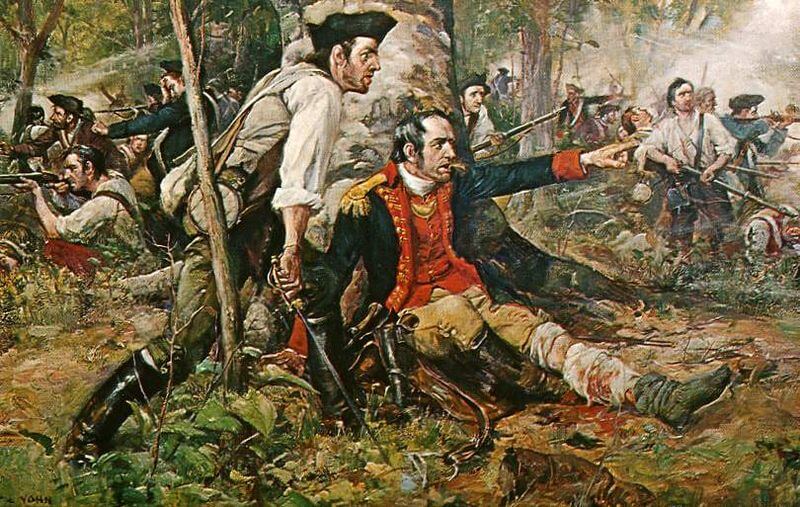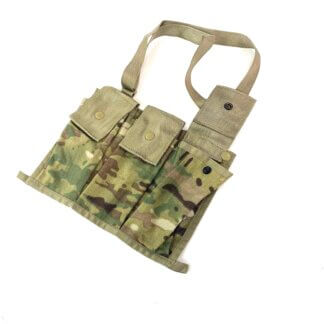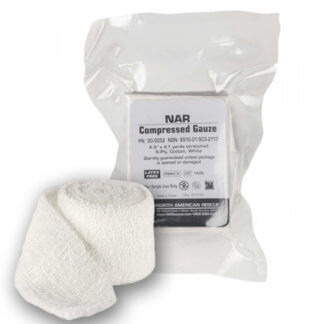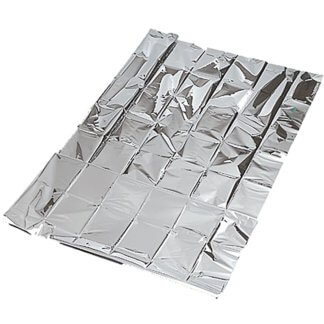
US Military History Throughout The Years
Short bits of history you know, and some you may not!
- Operation Sunshine: Friday, August 1, 1958 – In response to rising threats and capabilities of the Soviet ICBM program President Eisenhower ordered the US Navy to attempt a submarine transit of the North Pole. The transit was to showcase the soon to be released Submarine Launched Ballistic Missile (SLBM) system. This new weapon system allowed the USA to carry weapons capable of striking the USSR virtually anywhere on the globe while remaining unknown till the last minute. On 23 July the USS Nautilus would strike out on its course to make history and on 1 August would submerge into the Barrow Sea Valley. On the night of 3 August she would become the first watercraft to reach the North Pole and assert American dominance across the globe with the capability to fire anytime, anywhere. Special compasses had to be created for the USS Nautilus to navigate so close to the pole and a contingency plan was formed to fire a torpedo into the ice of the Arctic in the case of being lost.
- Calling Up The Guard: Sunday, August 5, 1917 – In response to the US joining WW1 the entirety of the National Guard was drafted into Federal service. Normal Constitutional restrictions did not allow the use of the National Guard outside of US borders. Under the National Defense Act of 1916 the National Guard was named the Army’s primary reserve force and created a mechanism for the force to be drafted into the Army in times of emergency. Members were required to take a new oath to serve both State and Federal authorities.
- Battle of Oriskany: Wednesday, August 6, 1777 – One of the bloodiest battles of the Revolutionary War would be fought during the Battle of Oriskany. The battle took place during the Saratoga Campaign as a Patriot force attempted to relieve the siege of Fort Stanwix. They were ambushed by a Loyalist force as they marched to Fort Stanwix. Both forces were supported by significant numbers of different Native American tribes. The bloody battle would lead to a Loyalist victory, with Patriot forces incurring around 450 casualties. Though the Loyalists would only lose around 150 dead and wounded, their camps were sacked during the battle leading their Native American allies to lose much of their morale. This battle is additionally notable as it is one of the few battles during the Revolution in which the majority of the combating forces were American, whether Native or from the former British Colonies.
- Whiskey Rebellion: Thursday, August 7, 1794 – Through the course of 1791 and 1792 Americans would violently protest the new “Whiskey Tax” leading to the Whiskey Rebellion, primarily in western Pennsylvania. This tax was the first tax to be imposed on a domestic product in the United States and was intended to help pay off debt from the Revolution. At this time whiskey was the most consumed alcohol and even used as a currency. Tax collectors were routinely tarred and feathered when attempting to collect taxes. In 1794 resistance to the tax came to a climax with the Battle of Bower Hill and several large protests. In August at Braddock’s Field around 7,000 protestors would assemble. Talks of independence would be held and some protestors would fly a specially designed flag representing the Pennsylvanian countries taking part in the rebellion. After reconciliations between the rebellious Pennsylvanians and the Federal government failed, President George Washington would order Federal troops to the area to quell the unrest. The insurrection quickly fell apart as the force neared the rebelling counties and violent protests would come to an end. Protest to the tax would continue in politics. All internal Federal taxes would be abolished as President Thomas Jefferson took office, with massive support for this platform helping him win the election in 1800. The Federal government would rely solely on taxes from imported goods till the War of 1812.
- The Last of the Grand Army of the Republic: Thursday, August 2, 1956 – Albert Woolson dies. Albert was the last known surviving member of the Union Army, having served during the Civil War. After his fathers death from injuries sustained during the Battle of Shiloh, he would enlist as a drummer with the 1st Minnesota Heavy Artillery Regiment. The regiment would not see combat during the war and he would be discharged from service after the wars end. The last surviving Soldier from the Civil War was James Hard, who would die in 1953. James served in several battles in the 32nd New York Volunteer Infantry.
This week’s featured products.
Best-Selling Military Gear
-

North American Rescue GEN 7 CAT Tourniquet
$29.99 Select options -

USGI M249 SAW Ammo Box, 200 Round
$11.99 – $16.99 Select options -

Eagle Industries Double M4 Mag Pouch
$3.99 – $9.99 Select options -

USGI Military Poncho Liner, Woobie Blanket
$19.99 – $49.99 Select options -

USGI 6 Magazine Bandoleer
$7.99 – $21.99 Select options -

USGI 1 Quart Canteen
$5.49 Select options -

North American Rescue Compressed Gauze
$4.99 Select options -

North American Rescue Survival Blanket
$1.59 Select options








